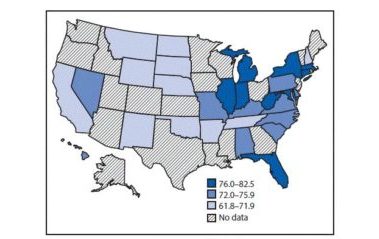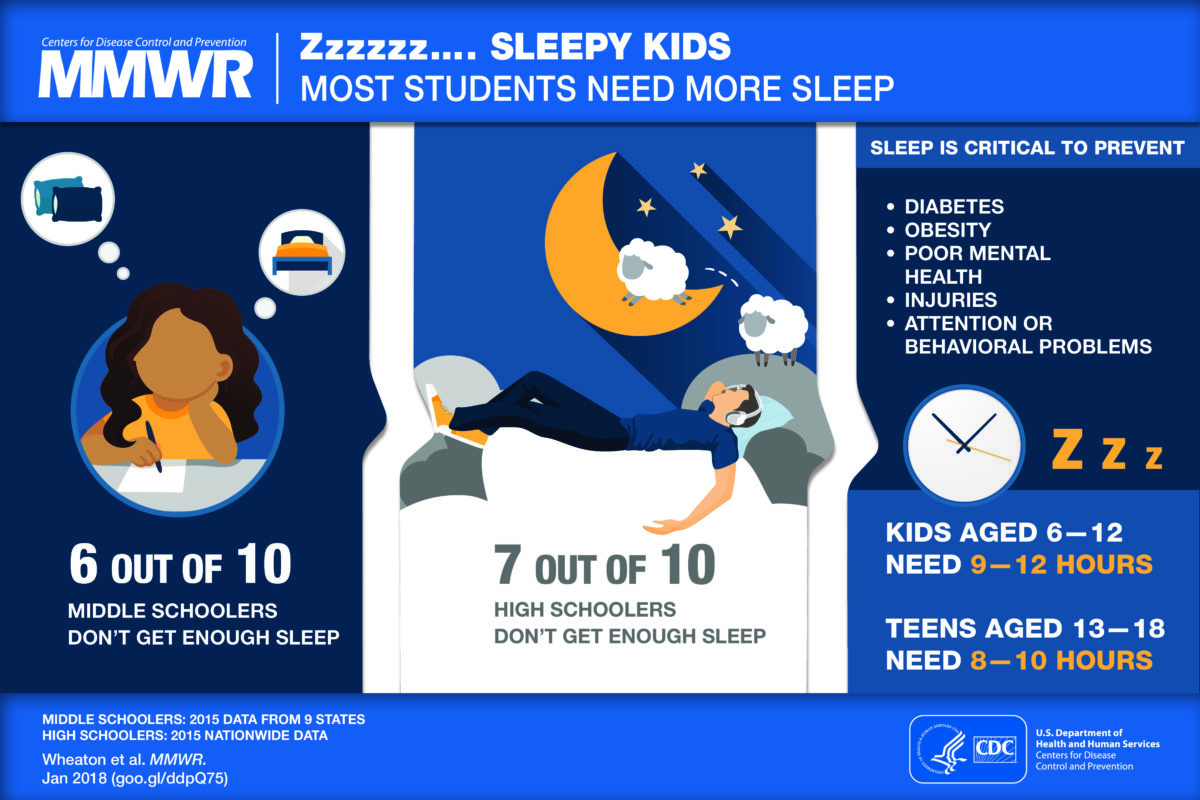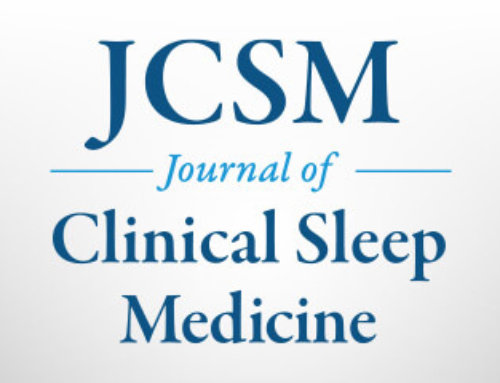About 58 percent of middle school students and 73 percent of high school students report getting insufficient sleep on an average school night, according to a new analysis published today by the Centers for Disease Control and Prevention. It is the first report to provide state-level estimates of short sleep duration among middle school and high school students using age-specific recommendations from the American Academy of Sleep Medicine.
The report, “Short Sleep Duration Among Middle School and High School Students — United States, 2015,” is based on Youth Risk Behavior Survey (YRBS) data. Students completed an anonymous, voluntary, school-based paper-and-pencil questionnaire during a regular class period.
Nine states administered a middle school YRBS to more than 52,000 students. (A national YRBS is not conducted among middle school students). State-level estimates of short sleep duration prevalence ranged from 50.2% in New Mexico to 64.7% in Kentucky. Seven large urban school districts also gathered data from a sample of middle school students.
More than 14,000 high school students completed the survey for the national high school YRBS, which was administered by the CDC to obtain a nationally representative sample of students in public and private schools in grades 9–12. Thirty states and 16 large urban school districts also gathered sleep duration data. State-level estimates of short sleep duration for these 30 states ranged from 61.8% in South Dakota to 82.5% in West Virginia.
Short sleep duration was defined as <9 hours for students aged 6–12 years and <8 hours for those aged 13–18 years based on the previously published AASM consensus statement, “Recommended Amount of Sleep for Pediatric Populations.” The CDC report notes that children and adolescents who do not get the recommended amount of sleep for their age are at increased risk for chronic conditions such as diabetes, obesity, and poor mental health, as well as injuries, attention and behavioral problems, and poor academic performance.
Early school start times are one factor that can contribute to insufficient sleep in teens. The position of the AASM is that middle school and high school start times should be 8:30 a.m. or later to allow an adequate opportunity for adolescents to obtain sufficient sleep on school nights.








